Industrial washing / Articles
How to choose cage washers
If you’re not using a cage washer yet, it’s time to level up and let automation take over. Discover how it works and how to choose one.
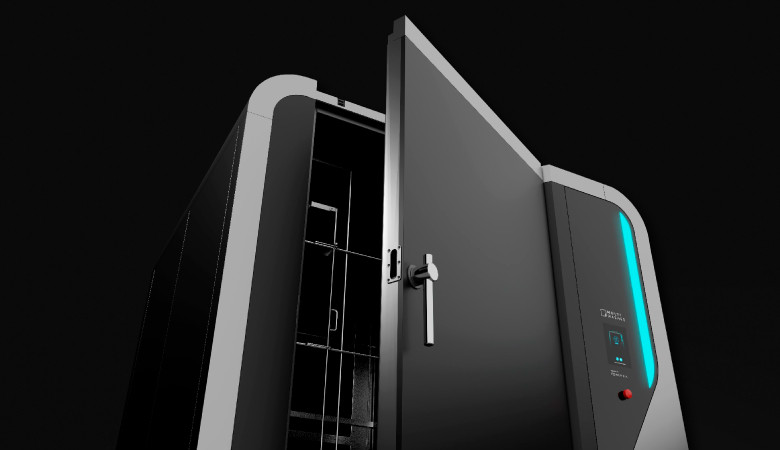
 19 minutes of reading
19 minutes of reading
2024-11-29 10:08:37
If you're managing facilities within the food industry, maintaining a sanitary environment is crucial for safety and quality. Industrial washers can make this process far more efficient. In this article, we'll explore everything you need to know about industrial washers – from their functionality to selecting the ideal option for your facility's needs in food processing and handling.
What are cage washers?
Cage washers are a type of industrial washing machine designed with an internal metal cage or grid system. This setup ensures everything stays organized and stable, making them particularly effective for cleaning irregularly shaped or fragile objects that need extra care.
What truly sets cage washers apart is their commitment to organization and adaptability. Unlike traditional flat-rack or conveyor washing machines, which can leave gaps in coverage or expose items to uneven washing, cage washers employ their grid system to ensure consistent exposure to cleaning agents and water jets. This design enhances cleanliness and minimizes the risk of damage, safeguarding fragile or precision-made items.
These machines are widely utilized in demanding sectors such as healthcare, research laboratories, and food processing, where the need for immaculate cleanliness and high-volume capacity is critical. Engineered to handle substantial loads of equipment, tools, and containers, cage washers deliver robust performance without compromising on care or hygiene.
What are the advantages of cage washers?
Cage washers have plenty of benefits, especially where cleanliness is crucial. Here’s a breakdown of the key advantages.
1. Better capacity use
One of the main advantages is the optimized use of the machine’s washing capacity, allowing for more items to be cleaned in less time, especially when dealing with irregularly shaped utensils. Another key benefit is the reduced risk of damage, as the items are securely held in place, ensuring they remain better protected throughout the cleaning process.
2. Efficiency boost
Cage washers can wash multiple items at once, saving you time compared to scrubbing each one by hand. They streamline the washing process, so you can handle a considerable volume of utensils hassle-free. For instance, MultiWasher, an industrial washing machine developed by Somengil, takes this to the next level. It handles multiple formats of items and accessories in one go, drastically reducing washing time.
3. Consistent results
One of the biggest perks is that cage washers provide uniform washing. Every utensil gets the same level of attention, which means no missed spots or uneven washing, which is crucial for maintaining a hygienic environment. With MultiWasher, you can rely on consistent, high-quality process every time.
4. Reduced manual labour
With a cage washer, much of the manual labour is replaced by automation. This saves time and reduces physical strain on your team. Load up the MultiWasher, press a button, and let it take over.
5. Improved hygiene
These machines are designed to wash items thoroughly. The powerful jets and hot water remove grime, bacteria, and other contaminants more effectively than manual washing, helping to prevent the spread of diseases.
6. Water and detergent efficiency
Cage washers are generally designed to use water and washing agents more efficiently. They have features that recycle and filter water, making them an eco-friendly option compared to traditional methods. MultiWasher is built with eco-efficiency in mind. It uses less water and detergent compared to traditional washers, thanks to its filtration and recycling systems.
How do cage washers work?
A cage washer operates like a highly efficient, automated washing system designed to make the task quickly, thoroughly, and consistently. Here’s a step-by-step breakdown:
1. Loading the items and accessories
The process starts by placing utensils, boxes, containers, cases, and other accessories into the washer. Unlike traditional machines that use trolleys or shelves, this type of washer secures items directly to the metal cage structure. Depending on the model – front-loading, side-loading, or pass-through – the placement may vary, but the cage ensures everything is securely held in place.
2. Pre-wash
In some cage washers, a pre-wash cycle is included to remove heavy dirt or debris before the main washing phase begins. This step helps to loosen and wash away the bulk of contaminants, making the following phases more effective. MultiWasher can avoid prewashing process because of a combination of high temperatures, water pressure, and powerful jets working simultaneously – without requiring extra steps.
3. High-pressure washing
Once the washer is loaded, powerful jets of high-temperature water are sprayed over the containers and equipment. These high-pressure, heated streams, combined with specially formulated detergents, work to remove all grime, dirt, and contaminants effectively. The jets are strategically designed to reach every nook and cranny, ensuring a deep wash, even in hard-to-reach areas. The elevated temperatures are essential, as they not only break down tough residues but also effectively kill bacteria and sanitize the equipment, ensuring compliance with strict food safety standards.
4. Rinsing
Once the objects are washed, the machine rinses them with clean water to remove any residual detergent or disinfectant. The rinsing phase ensures that no chemicals are left behind.
5. Drying
Unlike many cage washers that require manual drying or waiting for cages to air-dry, MultiWasher comes with a built-in drying system. This advanced feature uses heated air to thoroughly dry the items and accessories at the end of the washing cycle, so they’re ready for immediate use.
6. Water recycling
Advanced cage washers, like MultiWasher, often include filtration and water recycling systems. These systems filter and reuse water throughout the washing process, making the machine more eco-friendly and reducing water consumption. This feature saves on operational costs and makes the washing process more sustainable.
7. Unloading the cages
Once the washing, disinfecting, and drying cycles are complete, the cage structure is opened to release the items that were securely held in place during the wash. This ensures that the items remain intact and organized until they are ready for use.
Who should use cage washers?
Cage washers are designed for industries that require efficient, high-volume cleaning of irregularly shaped or fragile objects. Their structured grid system ensures items remain stable during the washing process, making them ideal for businesses where precision cleaning and hygiene are essential.
Some of the key sectors that benefit from cage washers include:
- Food processing & handling – From trays and containers to production tools, cage washers help maintain strict hygiene standards while optimizing washing workflows.
- Pharmaceutical & laboratory environments – Laboratories and pharma companies require thorough decontamination of glassware, instruments, and equipment. Cage washers provide consistent, reliable sanitation.
- Healthcare & medical facilities – Hospitals and clinics need efficient washing solutions for medical instruments and reusable components, ensuring compliance with health regulations.
- Industrial manufacturing – Facilities dealing with precision components, molds, and assembly tools can benefit from cage washers to keep equipment free from contaminants and residues.
- Logistics & warehousing – Businesses that handle a large number of reusable containers, crates, and storage units use cage washers to keep their equipment clean and ready for safe use.
For companies operating in these industries, investing in an advanced cage washer like MultiWasher means reducing manual labour, enhancing efficiency, and ensuring regulatory compliance.
How to choose the right cage washer?
Choosing the right equipment can make all the difference in maintaining hygiene, improving efficiency. Here’s a guide on what to consider.
1. Facility size and capacity needs
Start by assessing the size of your facility and the volume of items you need to wash regularly. If you’re working in a large institution with high turnover, you’ll need a cage washer that can handle multiple utensils simultaneously. Smaller facilities may benefit from more compact models that suit their specific capacity requirements. MultiWasher, for instance, offers scalable options that can be customized to meet the demands of both small and large operations.
2. Washing efficiency
Look for a cage washer that provides top-notch performance. High-pressure water jets, optimal detergent distribution, and effective drying are all factors that determine how well the machine will wash.
3. Energy and water efficiency
Sustainability and cost savings are essential factors to consider. Choose a machine that uses water and energy efficiently. MultiWasher comes equipped with water recycling and filtration systems, reducing both water consumption and operating costs. Energy-efficient drying systems are also important, as they save on electricity while maintaining fast turnaround times.
4. Customization and flexibility
Not all cage washers are built the same, and your facility may have specific requirements. It’s important to choose a machine that can be customized to your needs. MultiWasher offers flexible configurations, whether it’s adjusting for different sizes, types of materials, or available space.
5. Maintenance and ease of use
You’ll want a machine that is easy to operate and maintain. Look for cage washers that have simple interfaces and easy-access components for maintenance. MultiWasher is designed with user-friendliness in mind, featuring intuitive controls and self-washing systems that minimize the need for extensive upkeep. Regular maintenance is made straightforward, helping to avoid downtime and keep operations running smoothly.
6. Drying capabilities
Some cage washers don’t come with built-in drying systems, requiring additional time and resources for air-drying or manual drying. A model with an integrated drying function, like MultiWasher, can save significant time by delivering fully washed and dried items, ready for immediate use.
7. Cost vs. long-term value
While the initial cost of a cage washer is important, consider the long-term value. Features like water and energy efficiency, lower maintenance requirements, and scalability can make a higher-priced machine more cost-effective over time. MultiWasher offers a balance of upfront investment and long-term savings by reducing operational costs through its efficient washing and drying systems.
8. Support
Finally, consider the support offered by the manufacturer. It’s important to have access to reliable customer service and maintenance support if needed. MultiWasher comes with robust after-sales support, including technical assistance, ensuring that your investment is protected, and your machine operates optimally for years to come.
Trends shaping the future of cage washers
If you’re considering a cage washer for your facility, it’s worth knowing what’s ahead.
1. Smarter automation for seamless washing
Newer cage washers are equipped with smart sensors and AI-driven automation, ensuring each wash cycle is optimized for the load inside. These machines can detect dirt levels, adjust water pressure accordingly, and even notify operators when maintenance is needed. That means fewer errors, less downtime, and a more efficient cleaning process.
2. Eco-friendly and cost-effective washing
Water and energy efficiency are not exactly trends, they already are industry standards. However, their importance can’t be overstated. With stricter environmental regulations and rising utility costs, manufacturers are prioritizing cage washers that recycle water, minimize detergent use, and operate at lower energy levels. Machines like MultiWasher are already leading the way, with built-in filtration and water recycling to reduce waste without compromising performance.
3. Customizable designs for any industry
Not all businesses have the same washing needs. That’s why modular, customizable cage washers are gaining popularity. Whether you need adjustable racks, different washing intensities, or space-saving configurations, newer models are built to adapt. This is especially useful for industries with irregularly shaped or delicate equipment, ensuring a thorough wash without damage.
4. Faster drying, ready-to-use equipment
Waiting for items to air-dry is inefficient, and manual drying adds unnecessary labour. The latest cage washers now come with integrated high-speed drying systems, using heated air or specialized airflow designs to ensure everything comes out completely dry and ready to use. This is a game-changer for facilities where quick turnaround times are essential.
How to make your cage washer last longer
Investing in a high-quality cage washer is only part of the equation. Proper maintenance is essential to ensure long-term efficiency, reliability, and hygiene compliance. Here are some best practices to keep a cage washer operating at peak performance:
- Routine cleaning and inspection – Residue buildup from detergents, waste particles, and biofilms can affect washing efficiency. Regularly clean spray nozzles, filters, and drainage systems to prevent blockages.
- Water quality management – Hard water can lead to mineral deposits that reduce washer performance. Using a water softening system or descaling treatments helps maintain efficiency.
- Regular calibration and testing – Ensure that water temperature, pressure, and chemical dosing are within optimal ranges. This not only extends equipment lifespan but also guarantees thorough cleaning.
- Lubrication of moving parts – Bearings, doors, and conveyor systems (in tunnel washers) should be properly lubricated to reduce wear and tear.
- Preventive maintenance schedule – Following the manufacturer's recommended servicing intervals helps identify issues before they become costly breakdowns.
- Training staff on proper use – Misuse or overloading can lead to inefficiencies and damage. Ensure that operators understand loading techniques and cycle settings.
Cage washers: frequently asked questions
We answer some of the most common questions about cage washers.
Do cage washers require specific detergents, or can I use standard cleaning agents?
Not all detergents work effectively in cage washers. Many industrial washers require specially formulated detergents that match the water temperature, pressure, and material being washed. Using the wrong detergent can lead to residue buildup, corrosion, or ineffective cleaning. Always check manufacturer recommendations to ensure optimal performance.
What are the signs that a cage washer needs maintenance?
Beyond obvious malfunctions, early signs of required maintenance include longer wash cycles, inconsistent drying, unusual noises, or residue left on items. Monitoring water consumption and detergent use can also reveal inefficiencies that might indicate clogged nozzles or worn-out parts.
Can cage washers integrate with existing automation and workflow systems?
Yes, some high-end models come with connectivity features that allow integration with facility management software, production lines, or IoT-based monitoring systems. This can help track wash cycles, energy consumption, and maintenance schedules.
Can a cage washer be adapted for future business growth?
Yes, scalability is an important factor. Some cage washers are modular, allowing businesses to upgrade capacity or add features like faster drying systems or additional racks. If you anticipate increased washing demands, it's worth investing in a model that can be adapted rather than replaced.
MultiWasher, the cage washer every industry needs
If you’re looking for a smarter, faster way to keep your facility clean and running efficiently, MultiWasher is the cage washer you need. With its powerful energy and water-saving features, and built-in drying system, it takes all the hassle out of washing and sanitizing objects and accessories. Reach out today and discover how MultiWasher can take your washing operations to the next level.
You may also like

Industrial washing / Articles
Are “sustainable” supply chains real?
Investing in a sustainable supply chain can change a company’s environmental impact as well as its bottom line.
Posted in 2024-07-11

Industrial washing / Articles
Pharmaceutical industry: how to choose the right industrial washing solution
In the pharmaceutical industry, industrial washing is a critical success factor. Find out how to choose the right equipment.
Posted in 2024-03-08

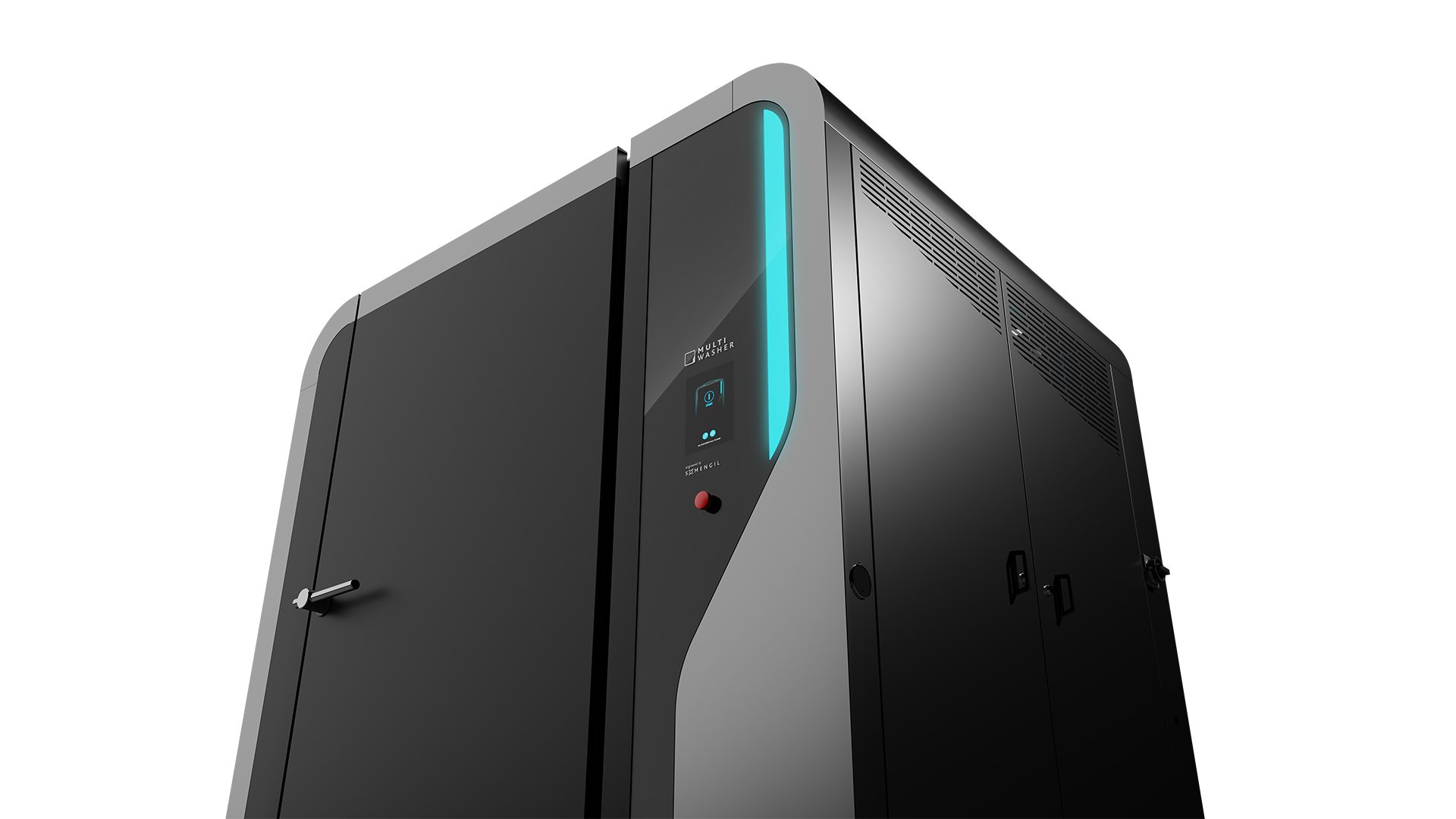
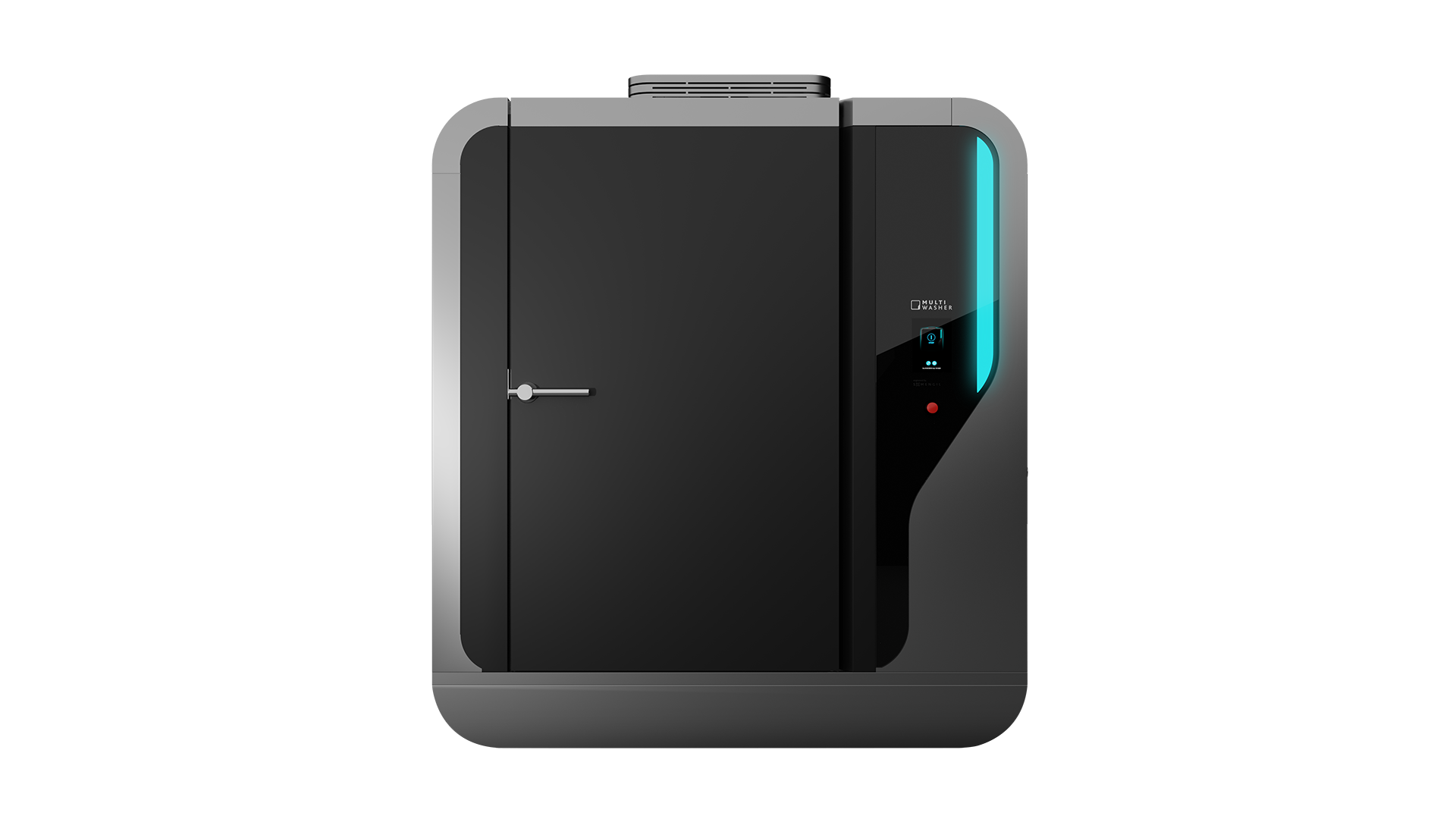
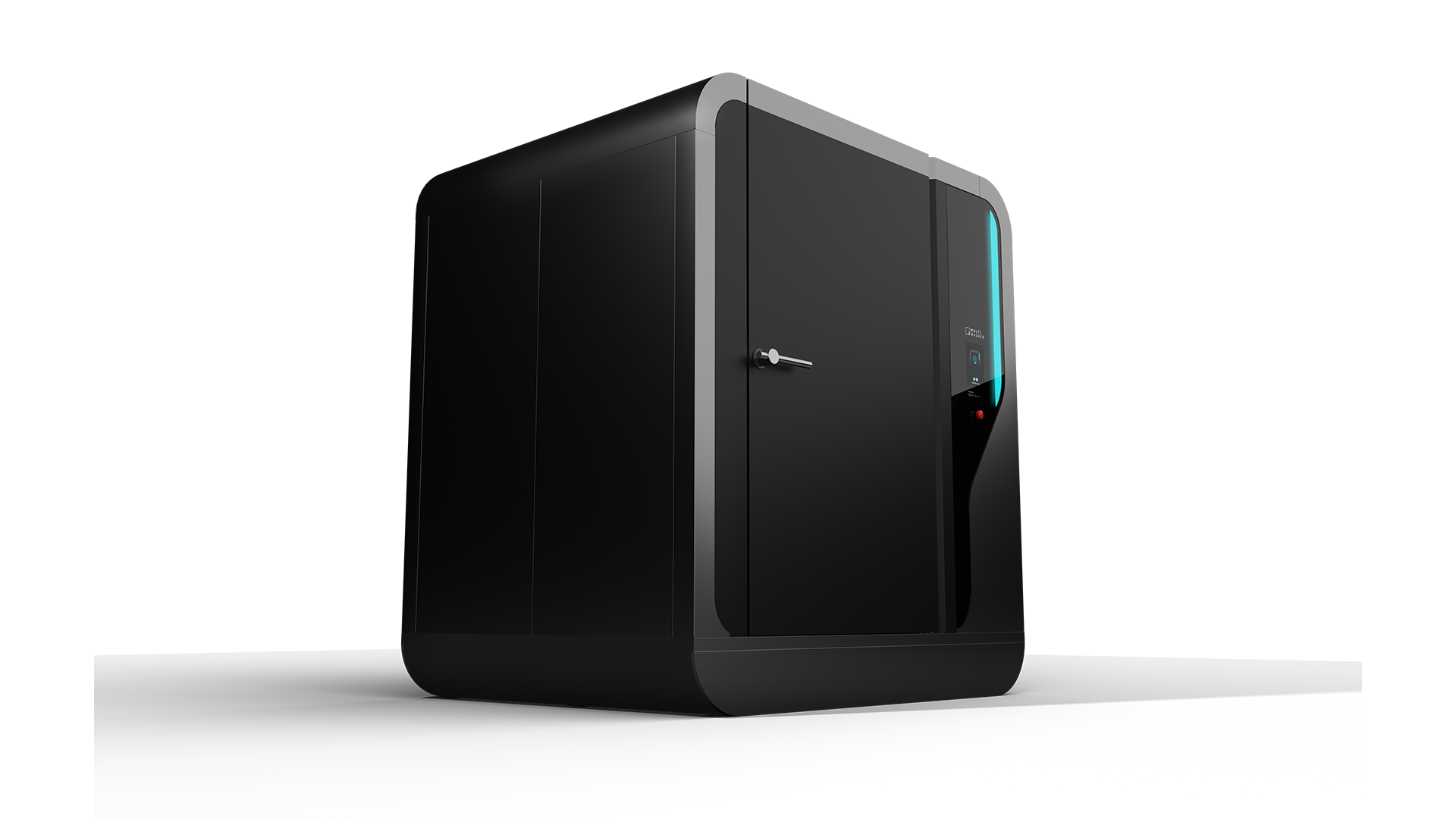
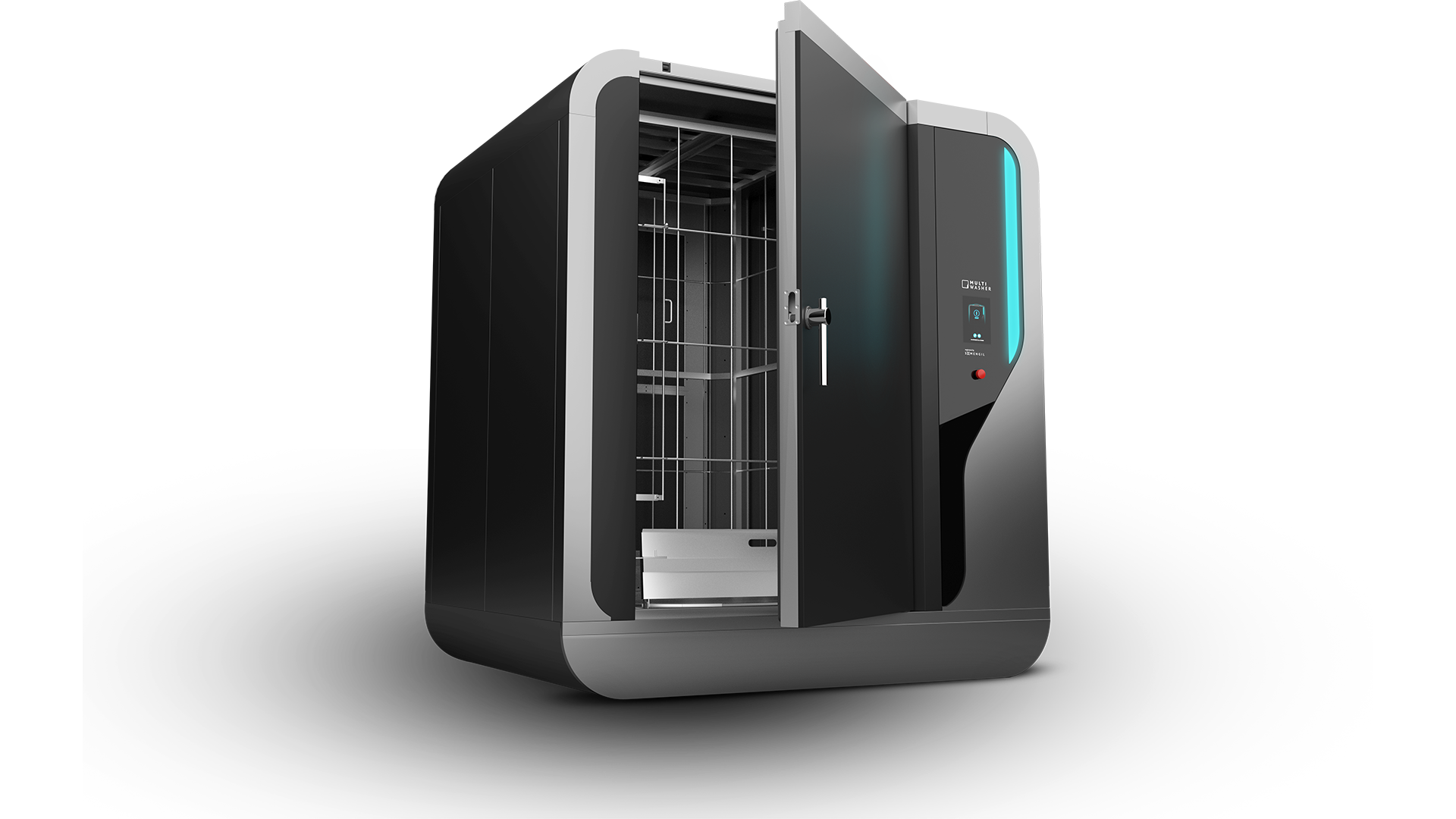
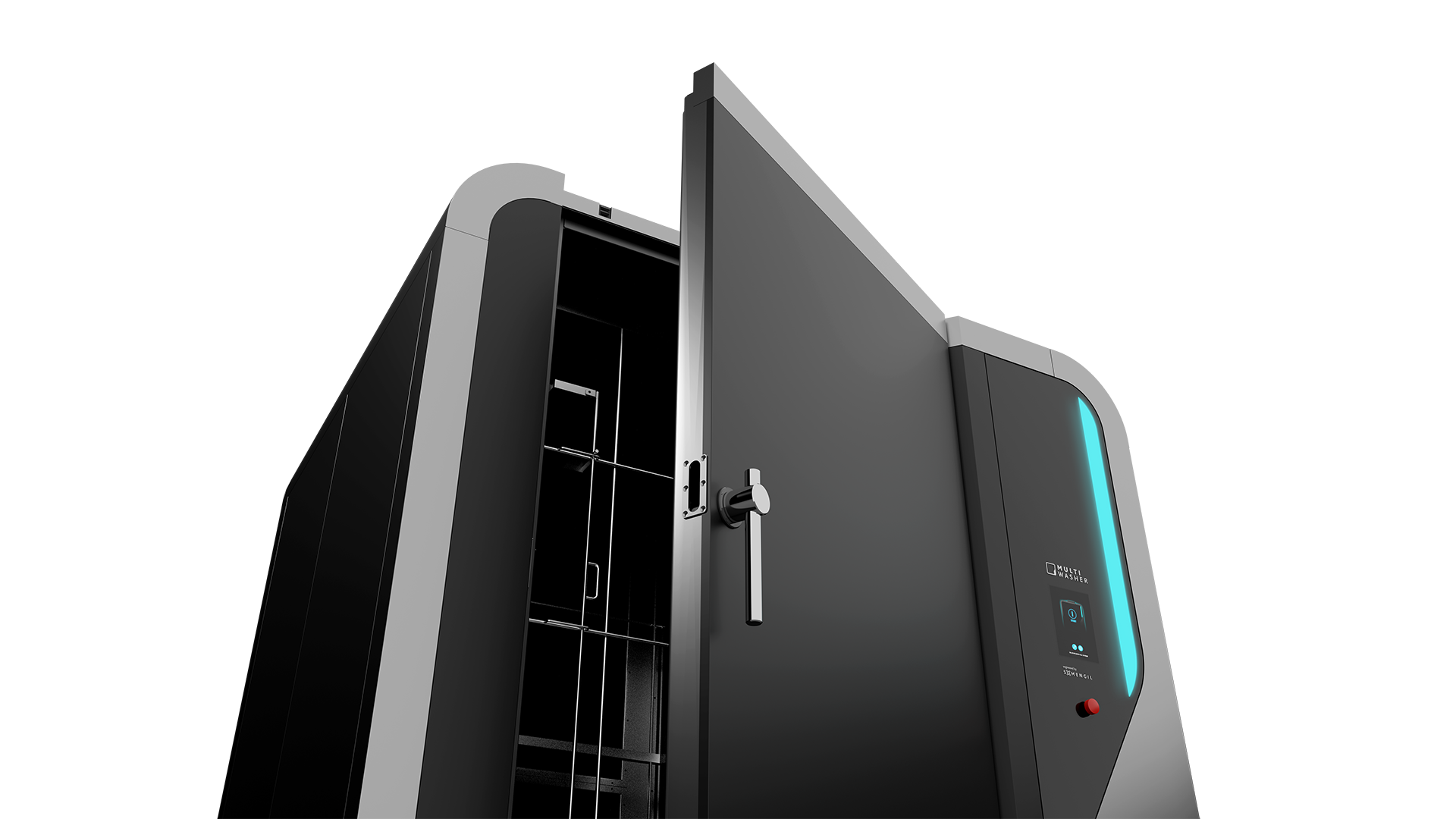
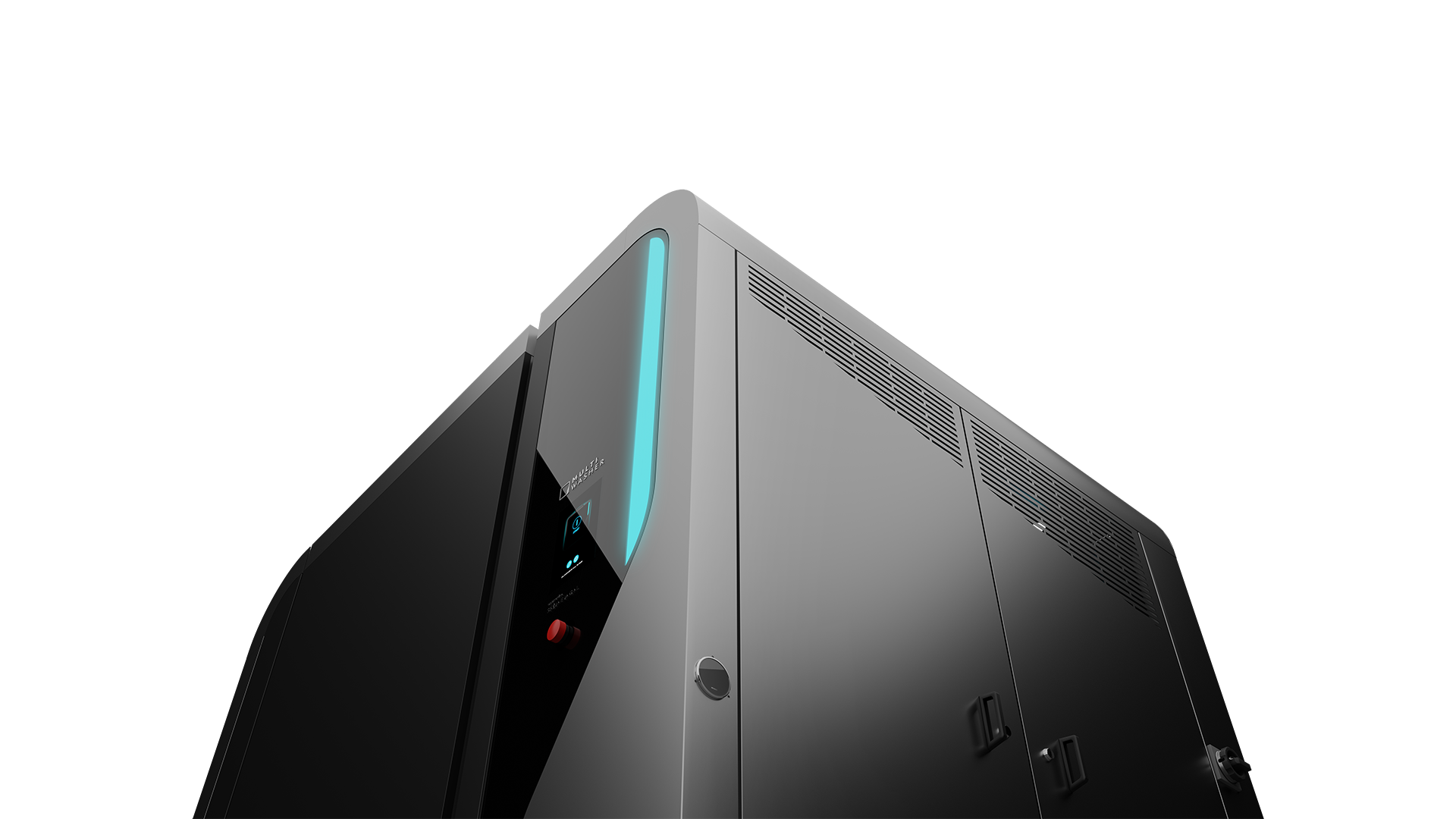
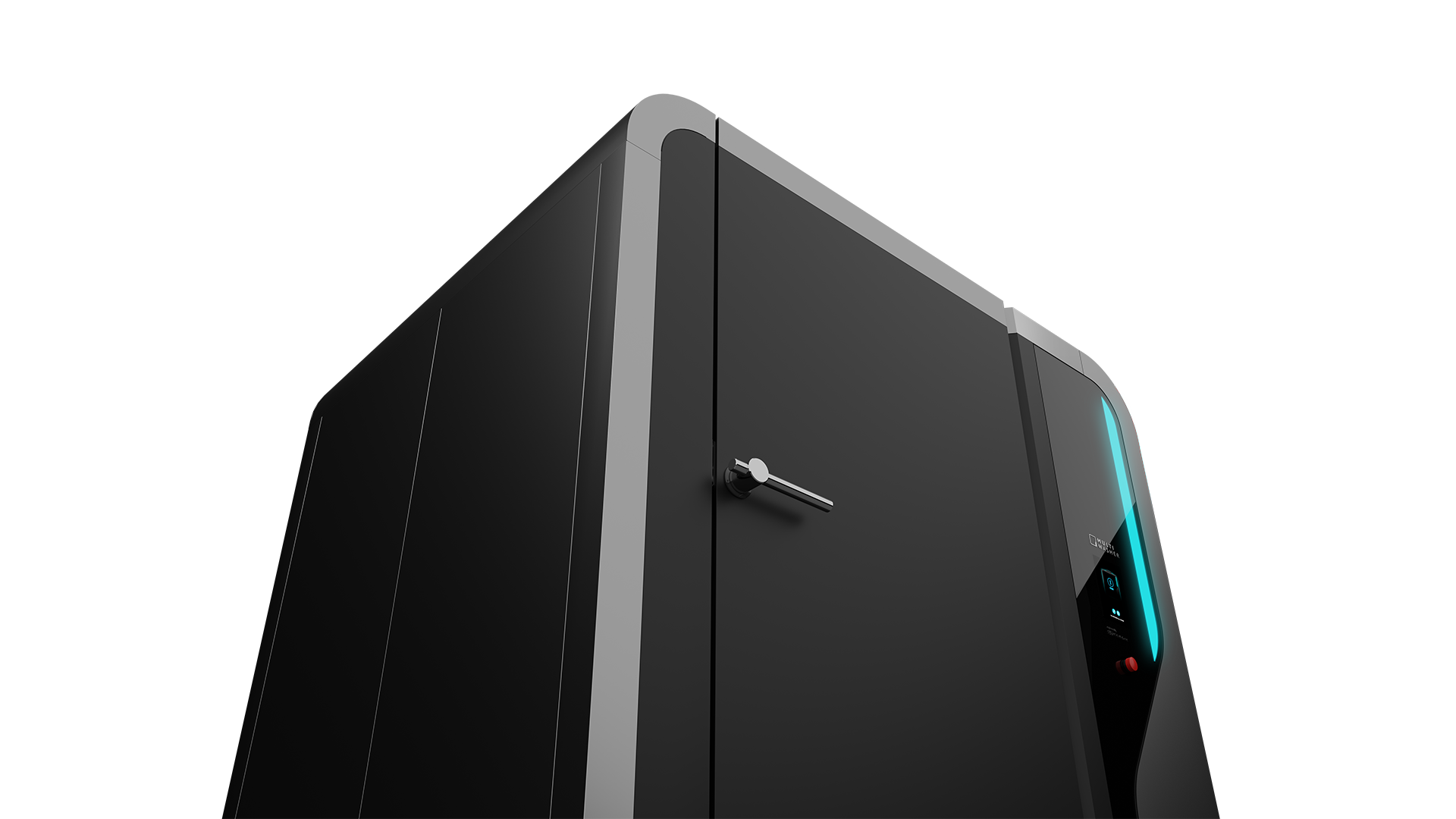
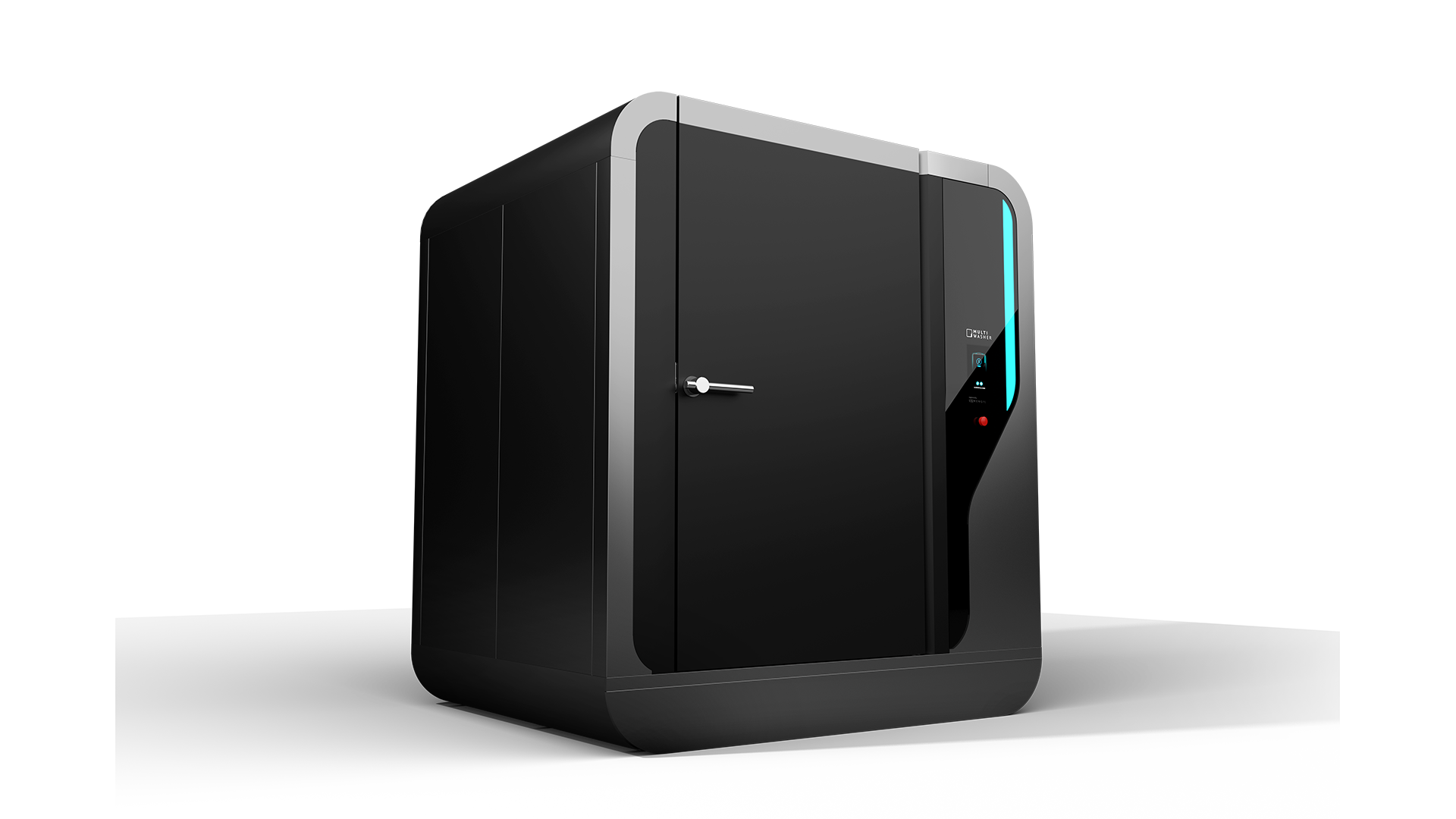
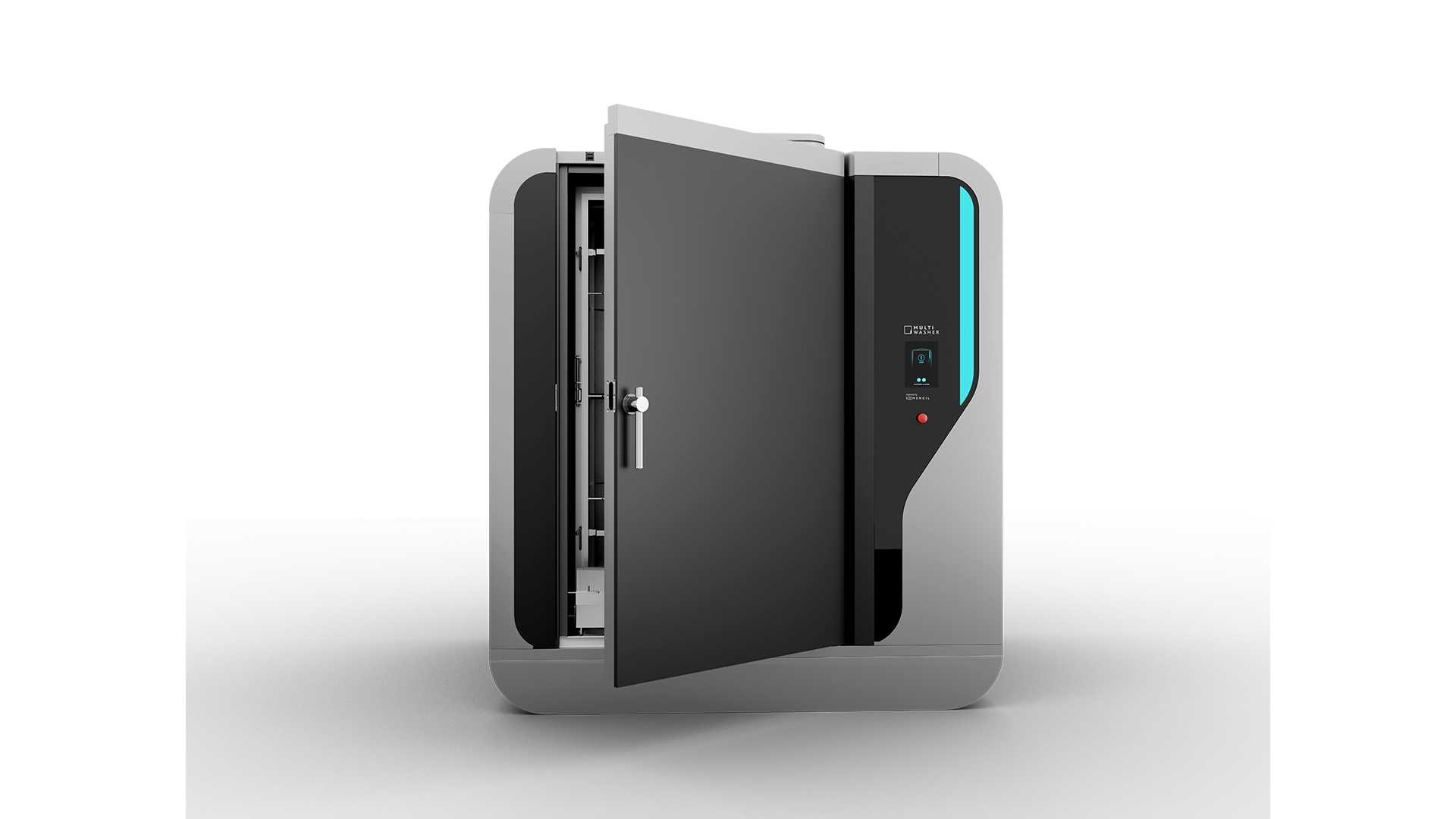
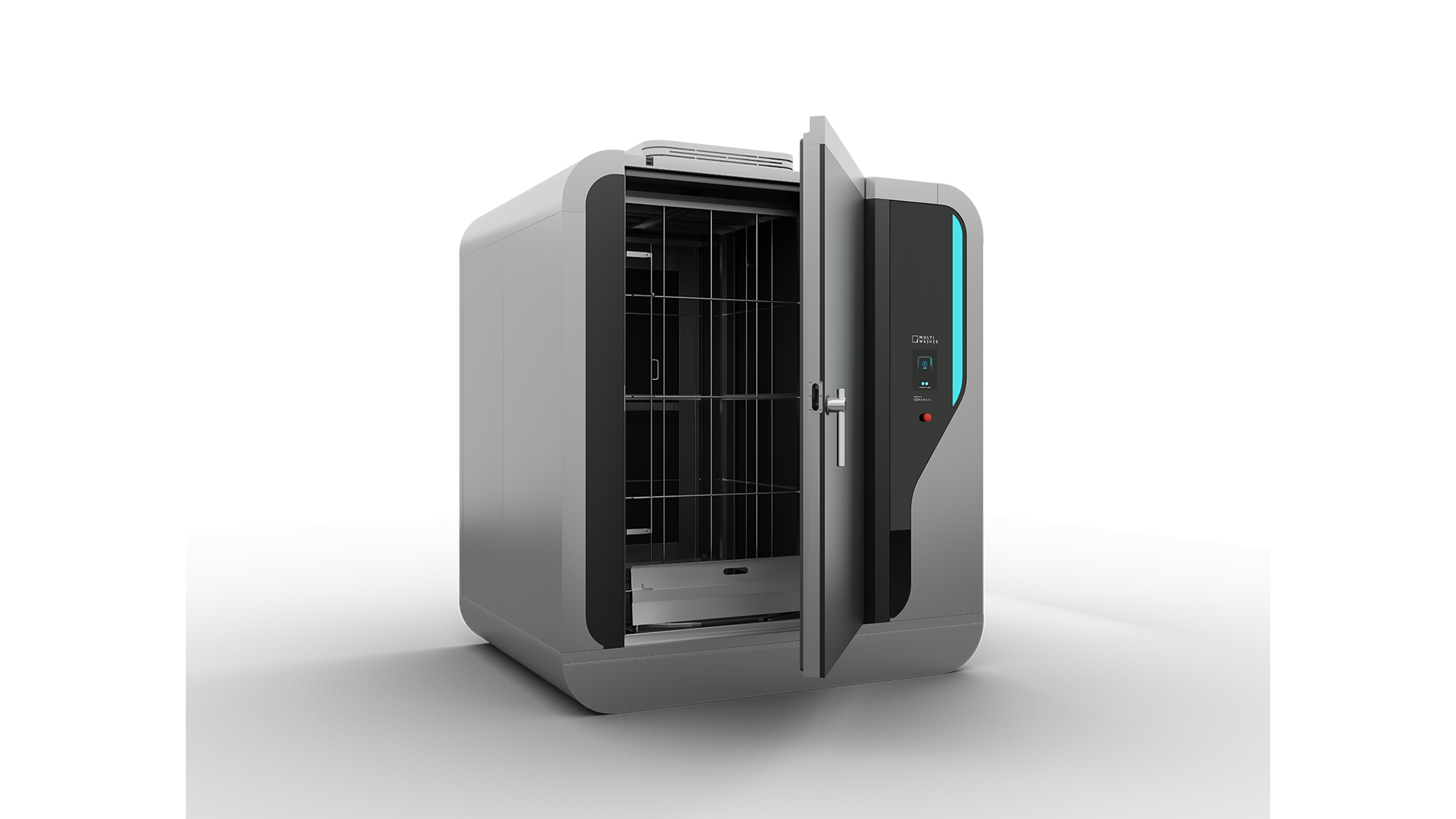
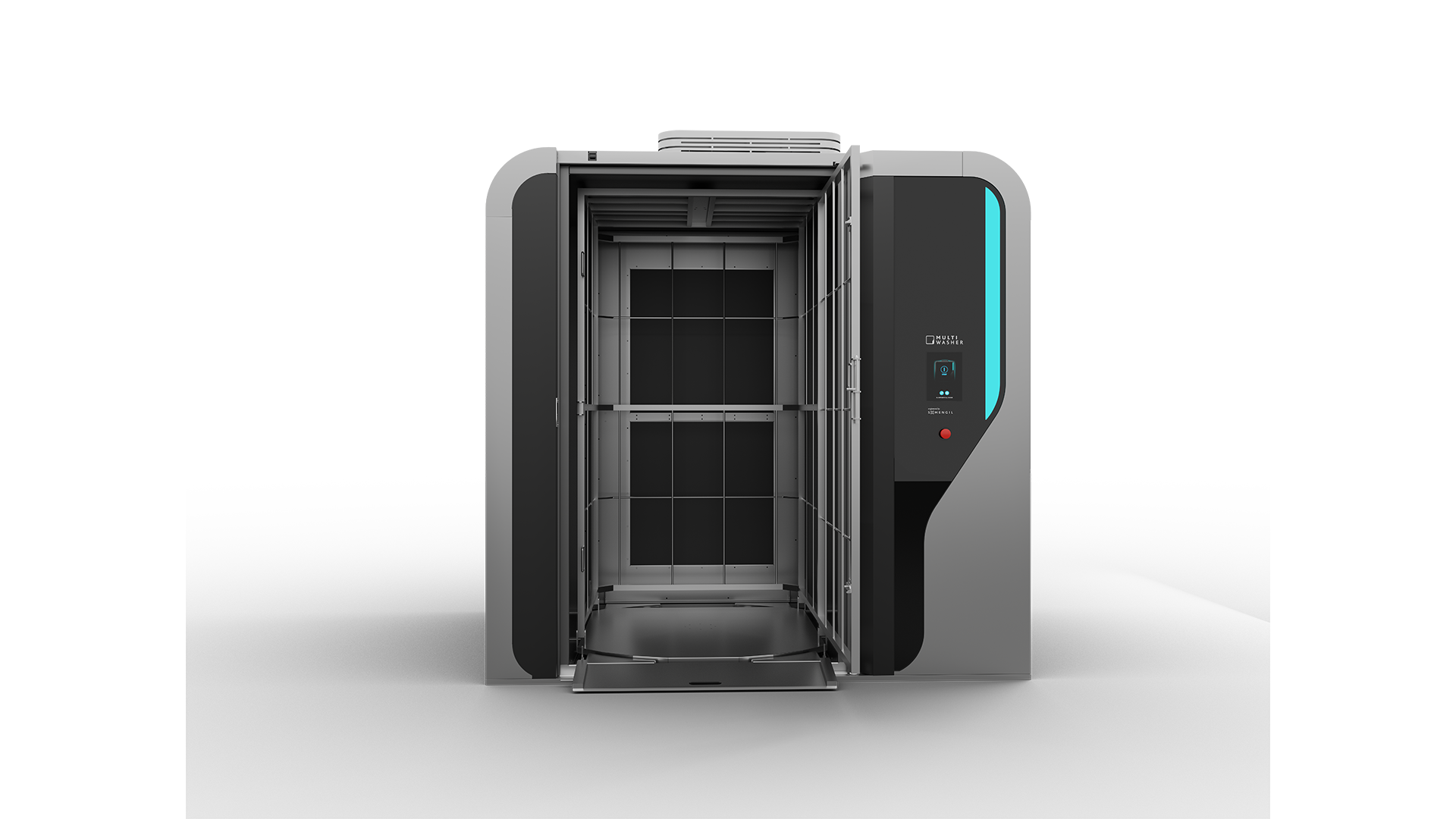
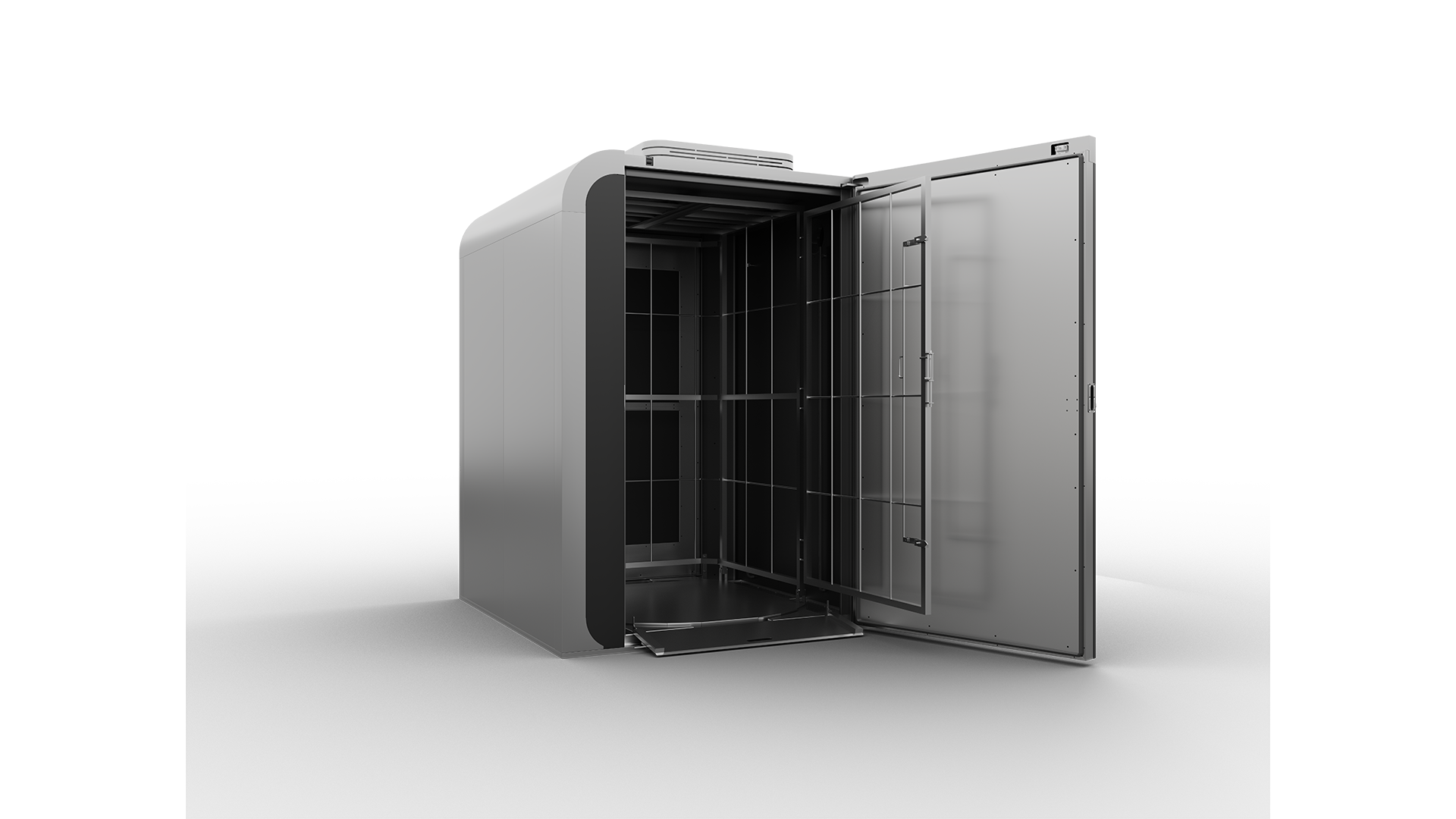
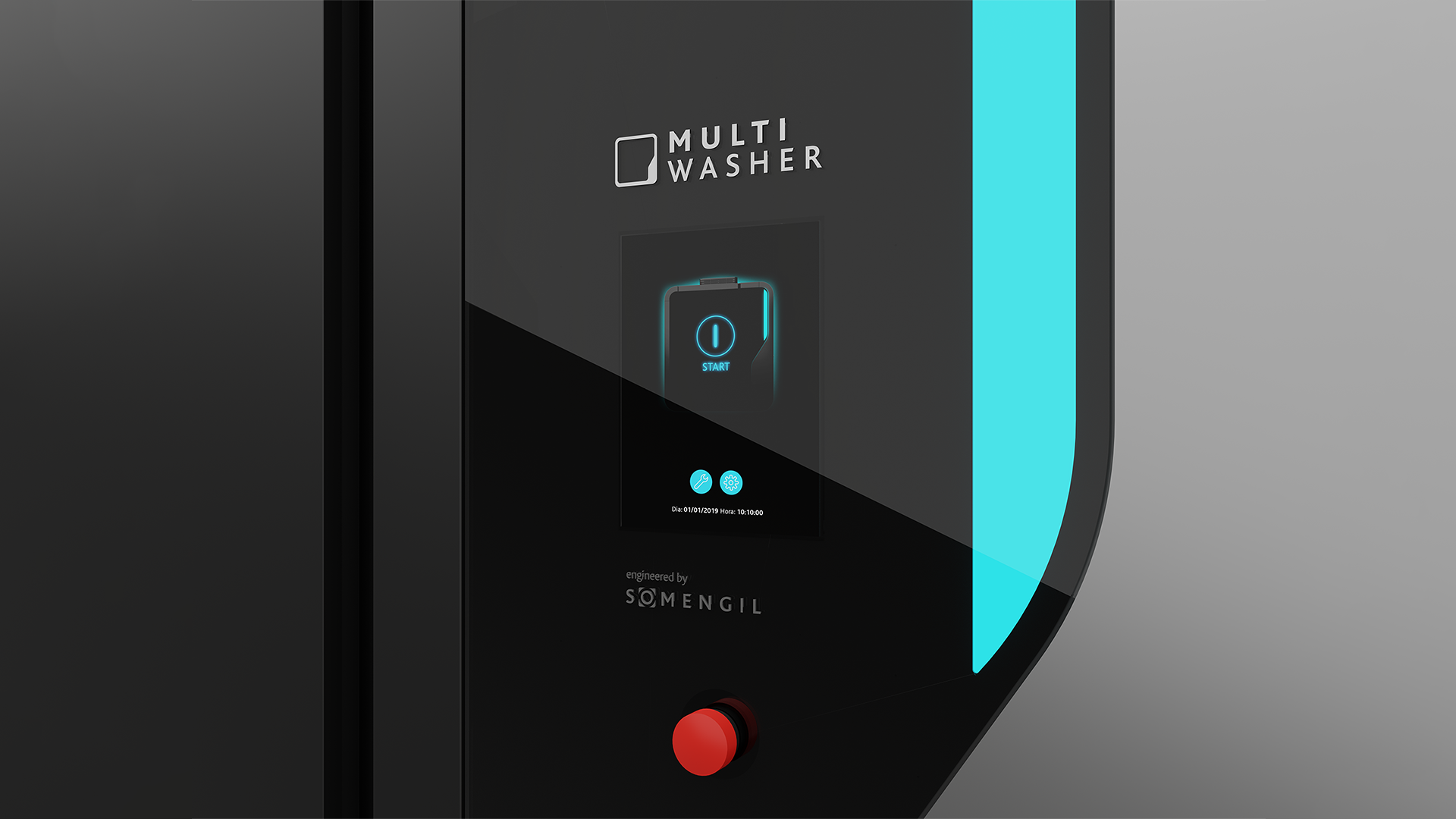
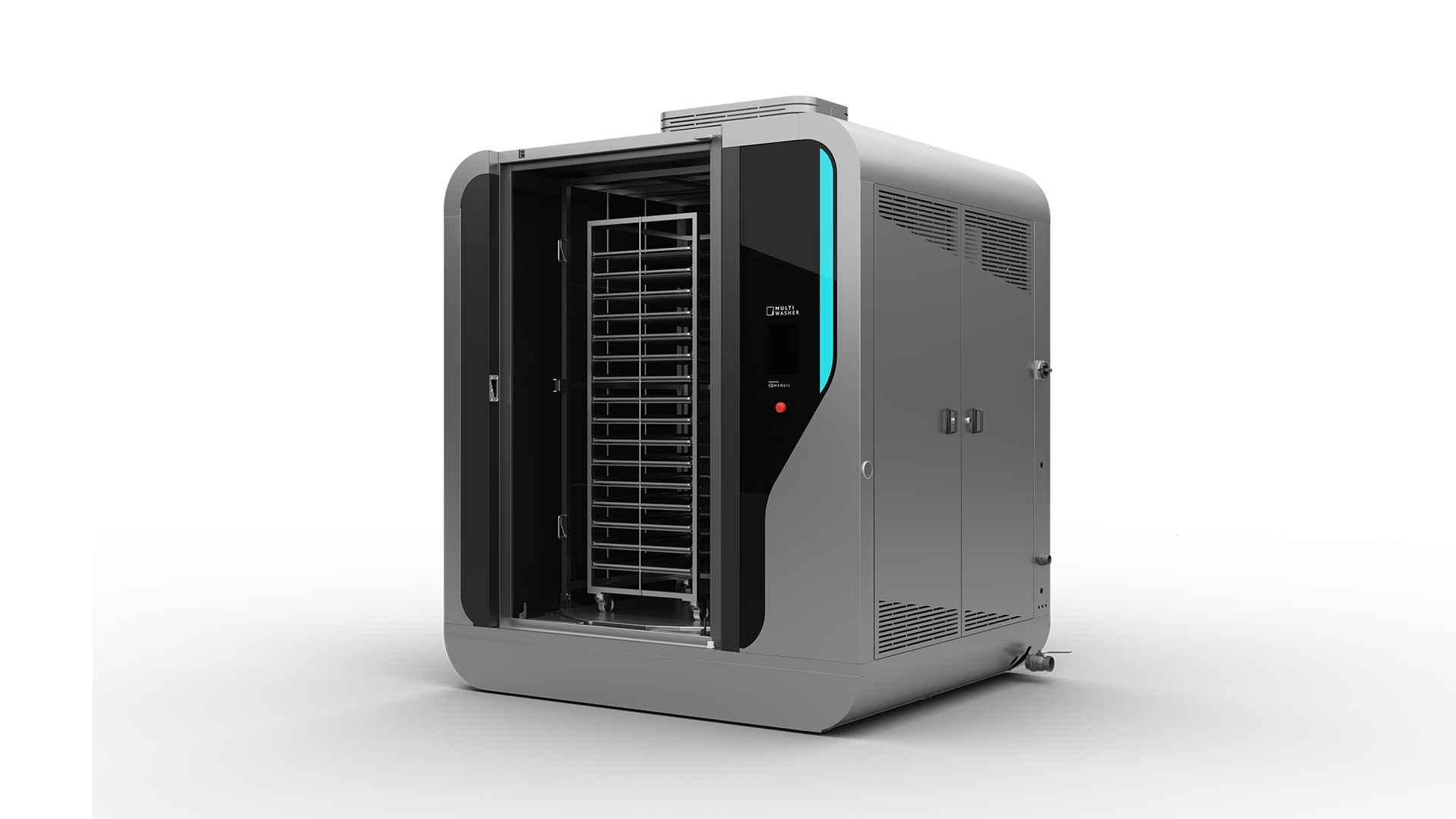
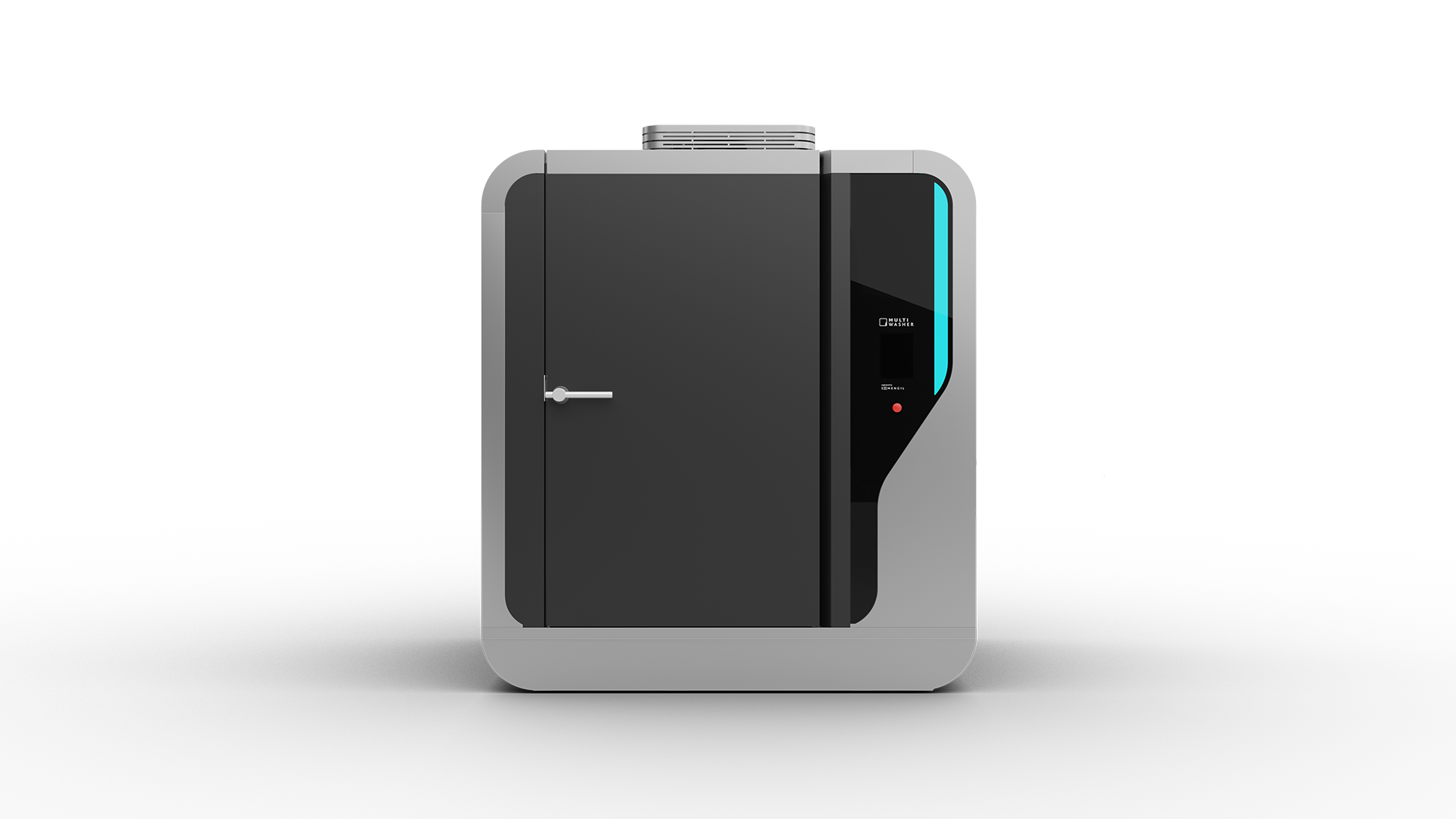

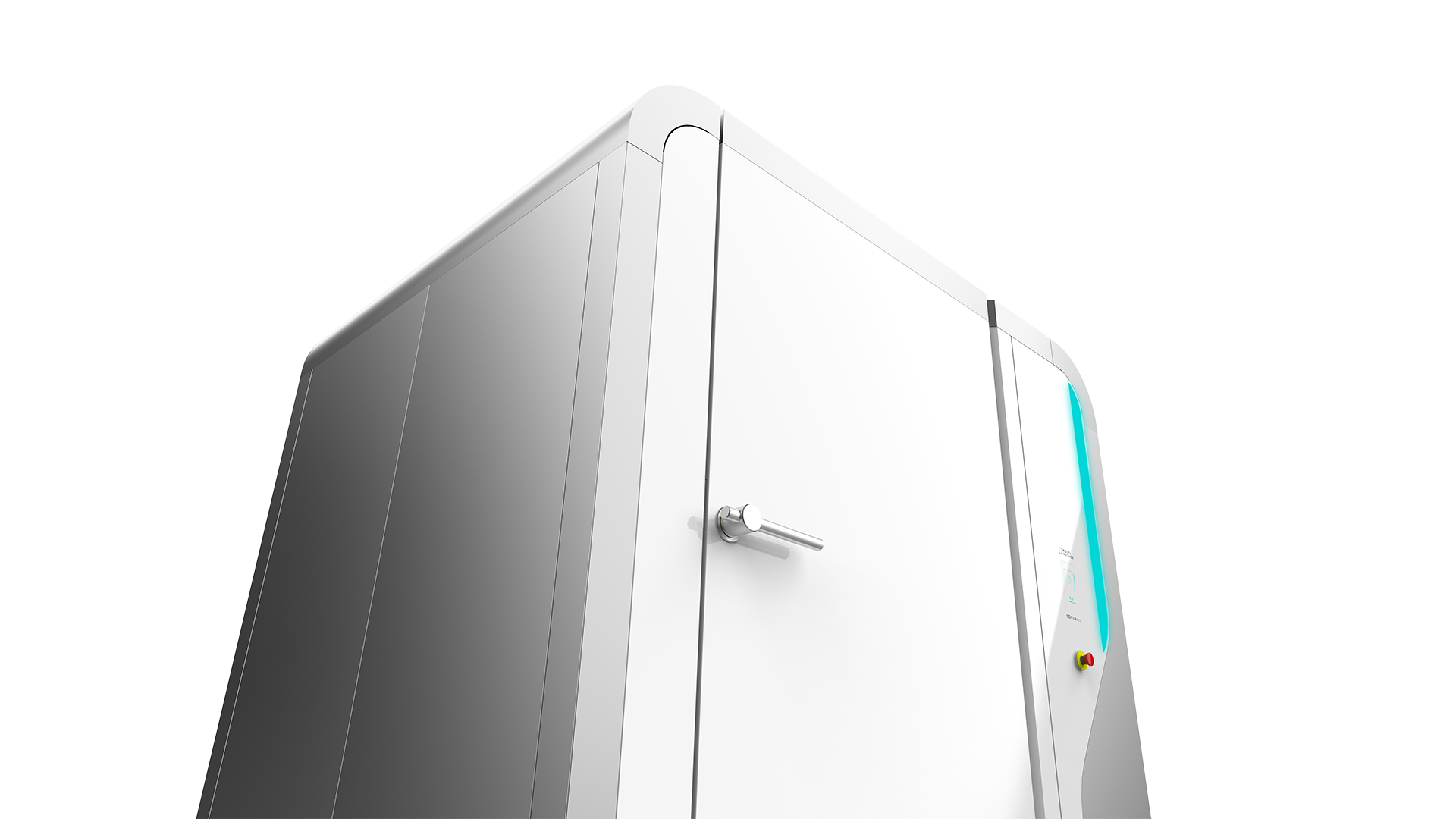
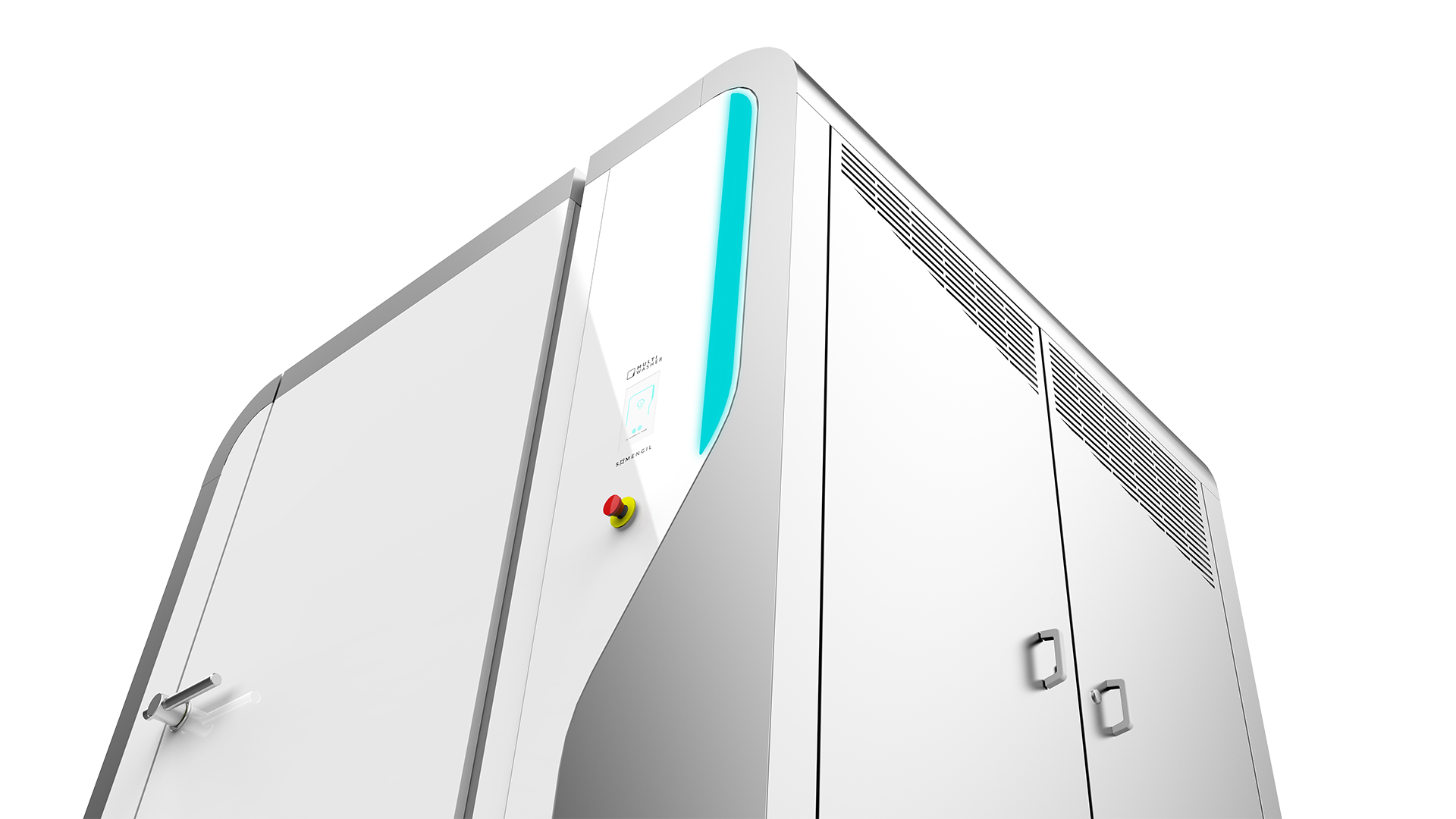
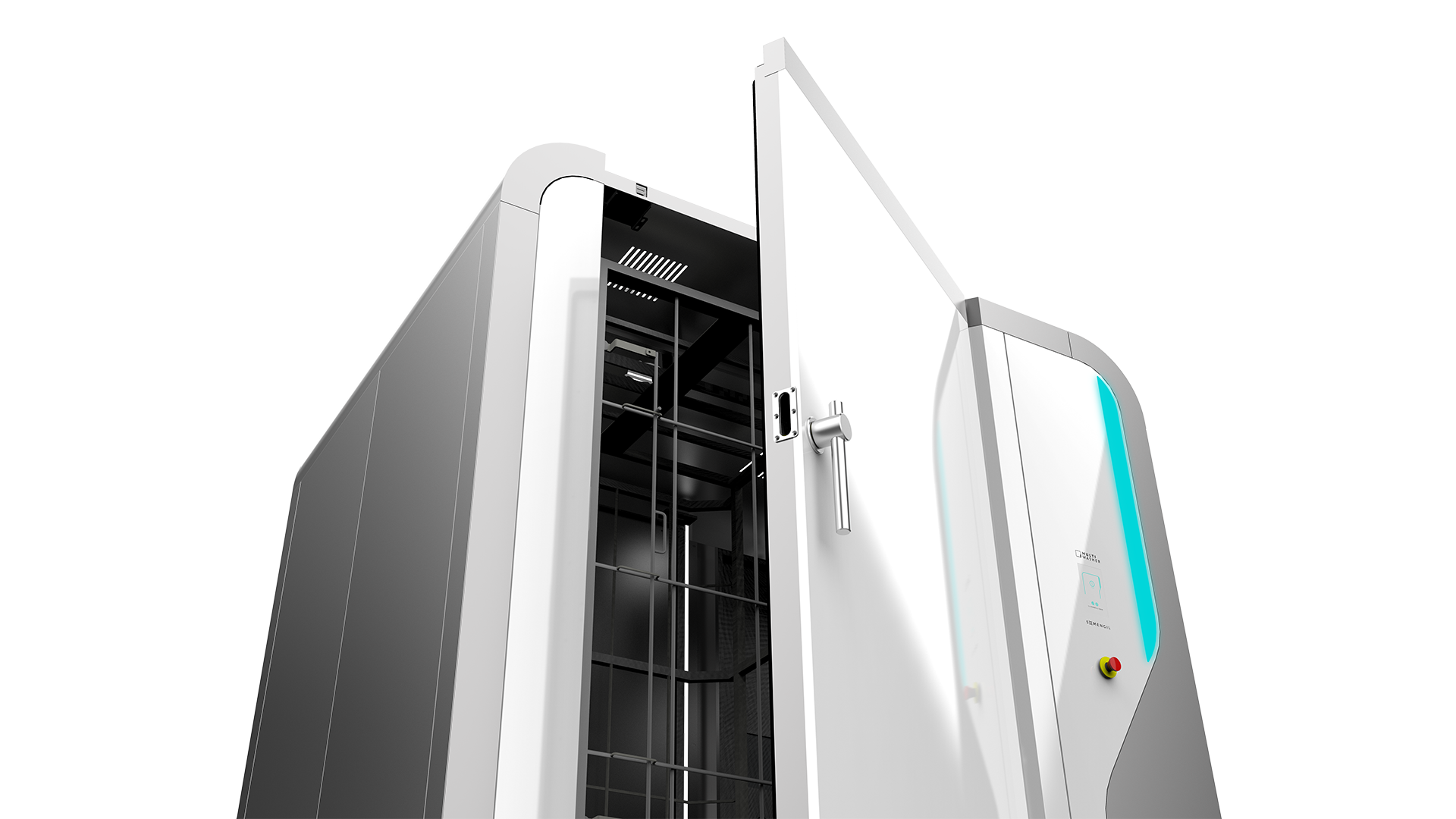
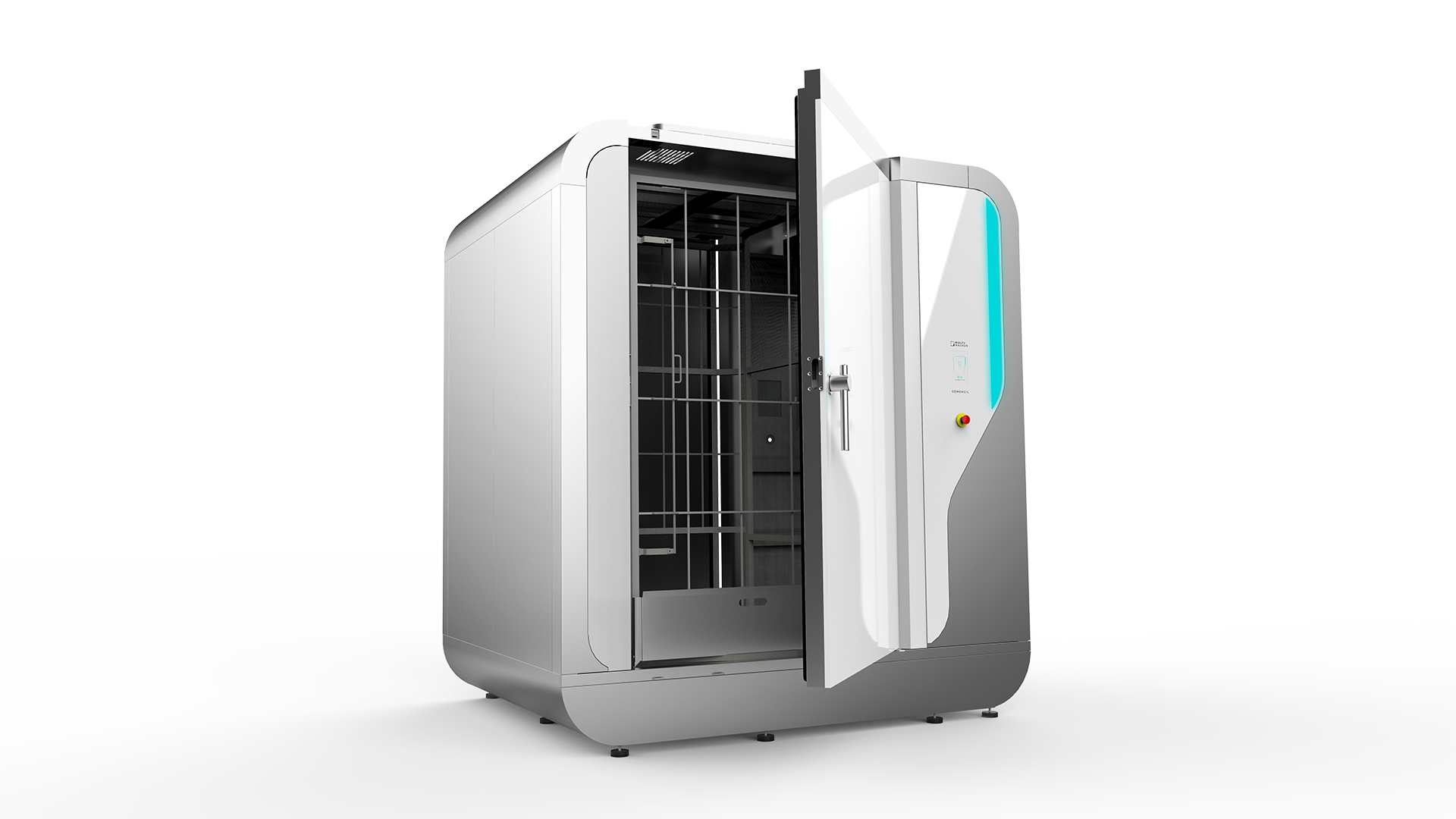
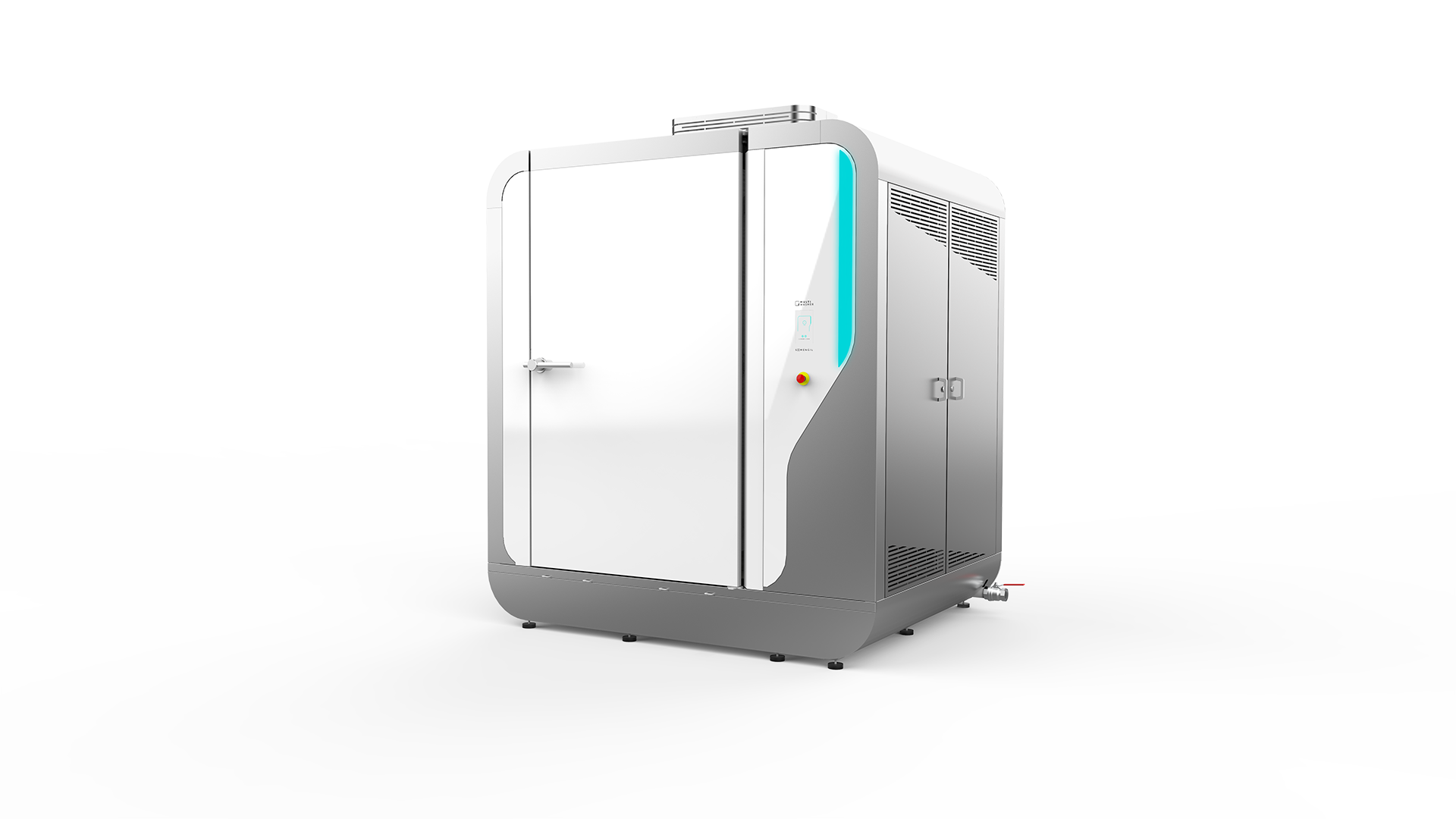
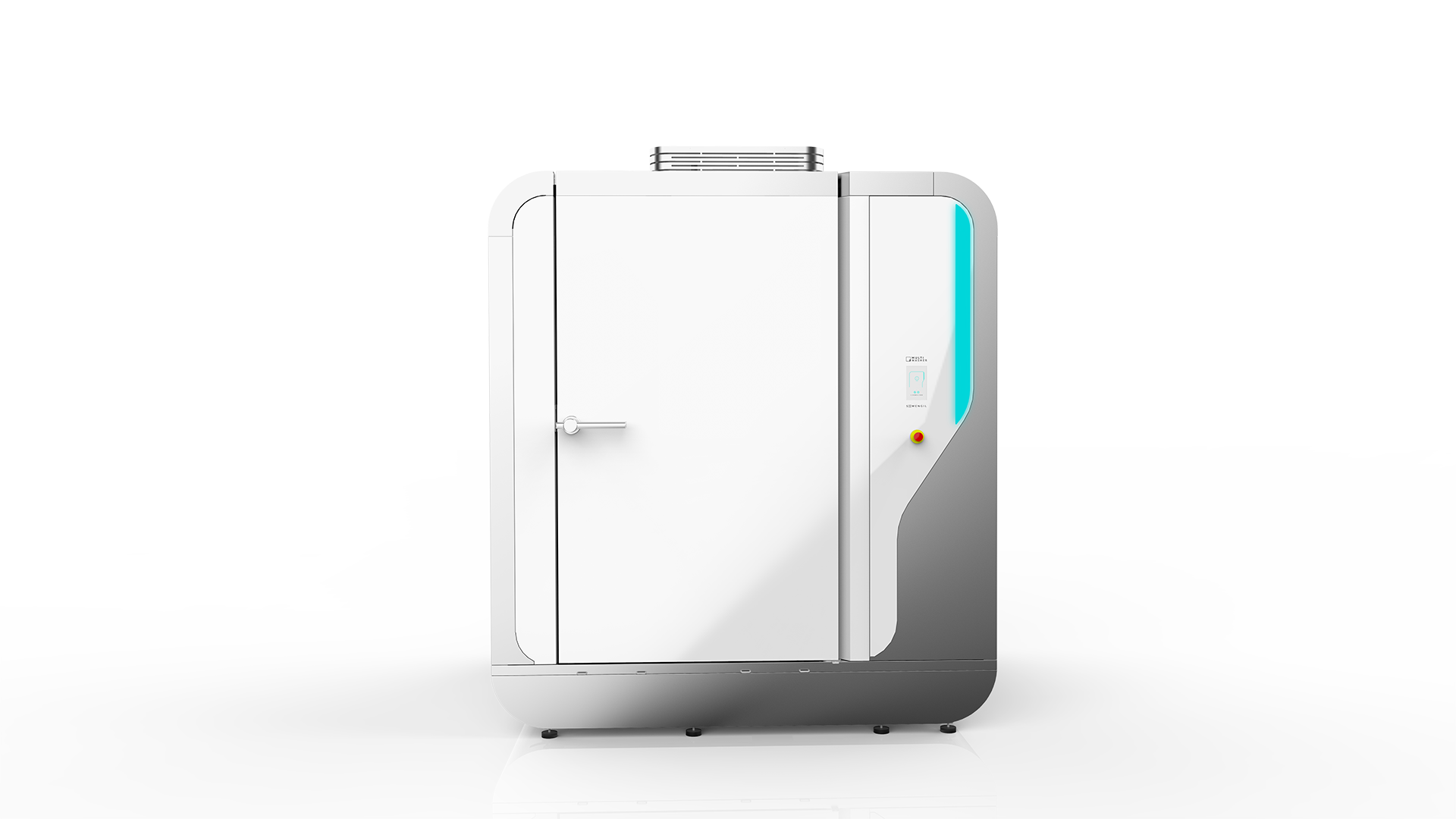
 Portugal
Portugal United Kingdom
United Kingdom United States
United States France
France Spain
Spain Germany
Germany Romania
Romania Italy
Italy Czech Republic
Czech Republic Finland
Finland Hungary
Hungary Slovakia
Slovakia Greece
Greece Lithuania
Lithuania South Korea
South Korea Russia
Russia Saudi Arabia
Saudi Arabia Poland
Poland Brasil
Brasil Hebrew
Hebrew